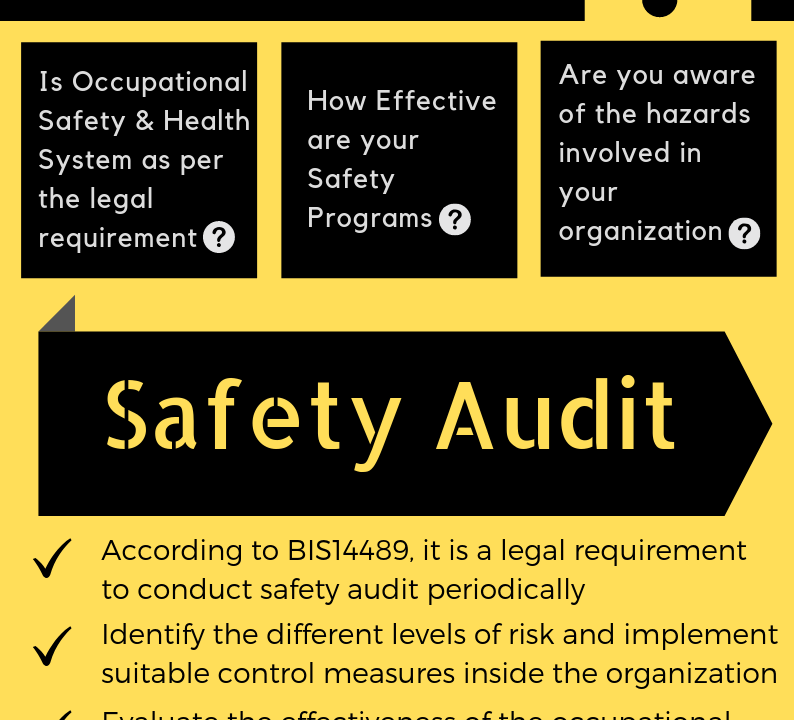Mercury Handling Safety: Protocols and Precautions in Laboratory Settings

Understanding the Basics: What is a Sustainability Audit and Why Does Your Business Need One
September 5, 2024
Mitigating Risk in High-Risk Industries: Best Practices for Safety in Oil and Gas Refinery Industry
September 11, 2024Introduction
Mercury, a fascinating yet hazardous element, poses significant risks in laboratory settings if mishandled. This article delves into essential safety protocols and precautions required for handling mercury in laboratories, ensuring the protection of personnel and the environment.
Understanding Mercury
Mercury is a metallic element known for its liquid form at room temperature. Understanding its properties is crucial for safe handling.
What is Mercury?
Mercury, also known as quicksilver, is a naturally occurring element with the chemical symbol Hg and atomic number 80.
Forms of Mercury
Mercury exists in various forms, including elemental mercury, inorganic mercury compounds, and organic mercury compounds, each with distinct characteristics and hazards.
Risks Associated with Mercury Exposure
Exposure to mercury can lead to severe health issues and environmental contamination, making it imperative to understand the associated risks.
Health Hazards
Mercury exposure can cause neurological damage, kidney failure, respiratory issues, and other health complications.
Environmental Impact
Mercury contamination can persist in the environment, affecting ecosystems and wildlife, emphasizing the need for proper handling and disposal.
Mercury Handling Protocols
Implementing stringent handling protocols is essential to mitigate risks associated with mercury exposure.
Personal Protective Equipment (PPE)
Wearing appropriate PPE, including gloves, goggles, and lab coats, is vital to minimize direct contact with mercury.
Proper Storage
Mercury should be stored in tightly sealed containers in well-ventilated areas, away from incompatible materials.
Handling Procedures
Handling mercury requires caution, including avoiding spills, minimizing vaporization, and using specialized equipment such as syringes or pipettes.
Mercury Spill Response
In the event of a mercury spill, prompt and effective response is crucial to prevent further contamination and exposure.
Immediate Actions
Isolating the area, ventilating the space, and notifying trained personnel are immediate actions to take following a spill.
Cleanup Procedures
Utilizing mercury-specific cleanup kits and following established procedures ensures safe and thorough cleanup of mercury spills.
Safe Disposal Methods
Proper disposal of mercury is essential to prevent environmental contamination and comply with regulations.
Recycling
Recycling mercury allows for its reuse, reducing the need for new production and minimizing environmental impact.
Hazardous Waste Disposal
Disposing of mercury as hazardous waste through authorized channels ensures proper treatment and prevents pollution.
Training and Education
Providing comprehensive training and education to laboratory personnel is vital for fostering a culture of safety and compliance.
Employee Training
Regular training sessions on mercury handling protocols and safety procedures empower employees to mitigate risks effectively.
Safety Procedures Documentation
Maintaining detailed documentation of safety procedures facilitates consistency and serves as a valuable resource for reference.
Regulations and Compliance
Adhering to regulatory standards set by organizations such as OSHA and EPA is essential for ensuring compliance and minimizing liability.
OSHA Standards
OSHA mandates specific regulations for occupational exposure to mercury, including permissible exposure limits and recordkeeping requirements.
EPA Regulations
The EPA regulates the disposal and management of mercury-containing waste to protect human health and the environment.
Case Studies and Lessons Learned
Examining real-life case studies highlights the importance of adherence to safety protocols and offers valuable insights for improvement.
Conclusion
Effective mercury handling in laboratory settings requires a multifaceted approach encompassing proper training, meticulous procedures, and regulatory compliance. By prioritizing safety and environmental stewardship, laboratories can minimize risks and promote a culture of responsibility.



